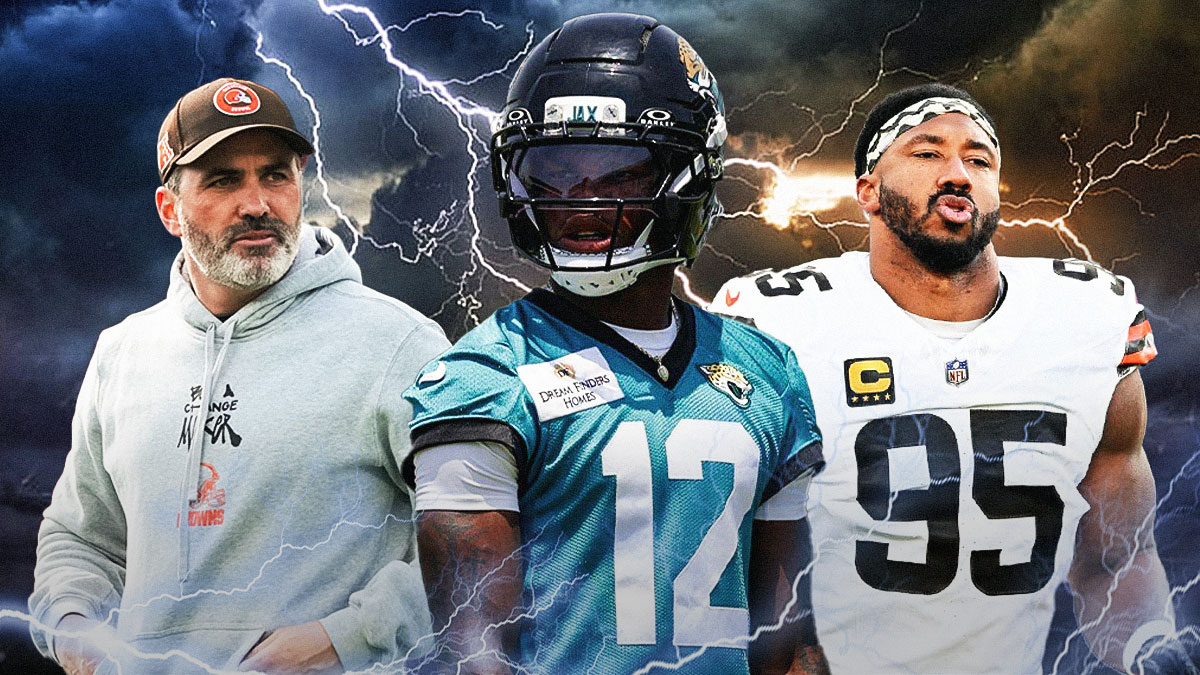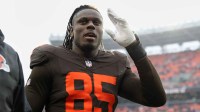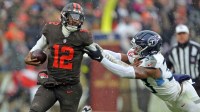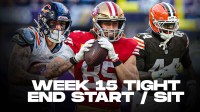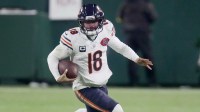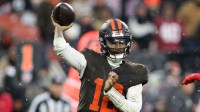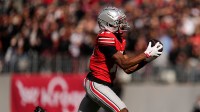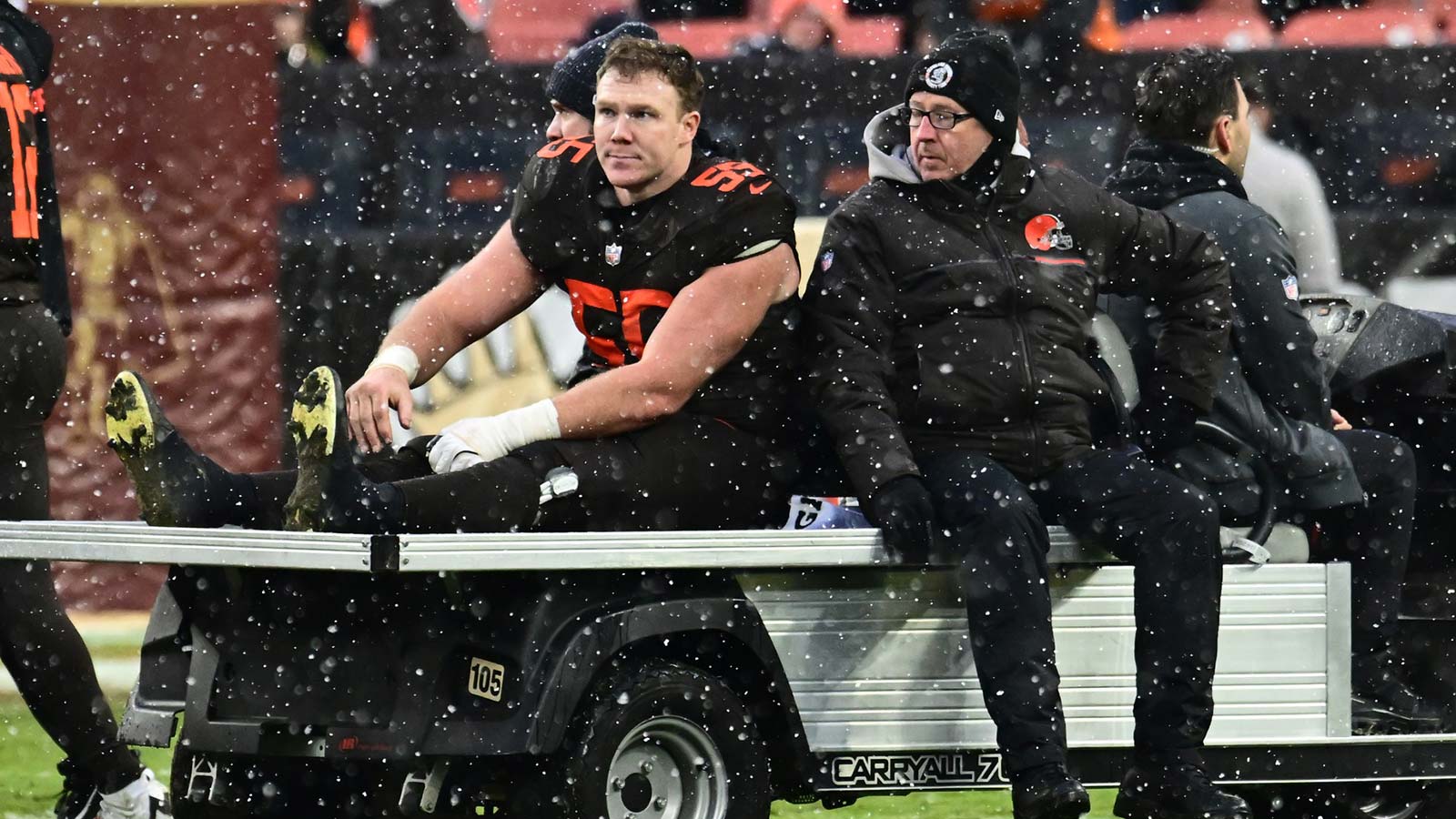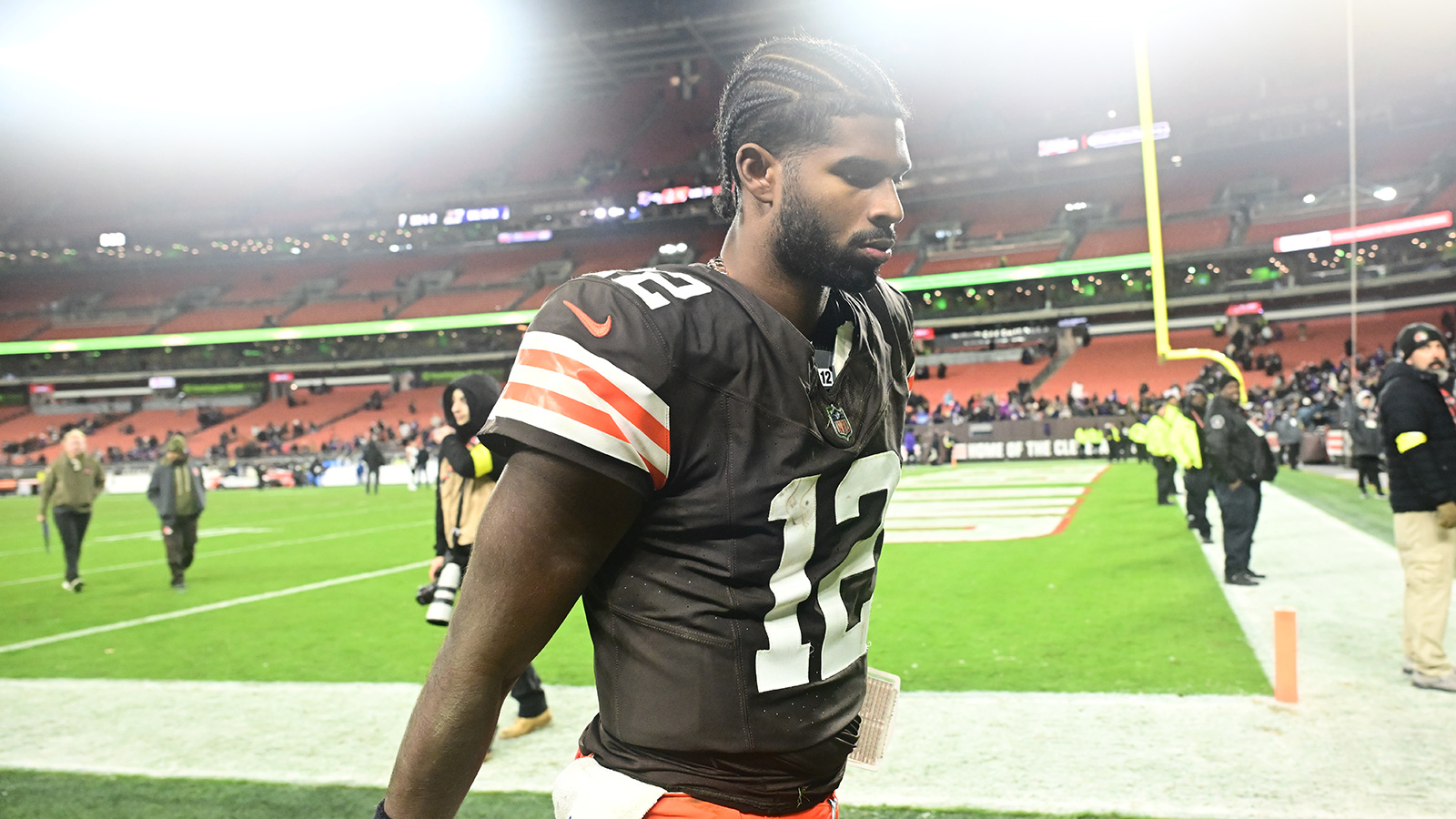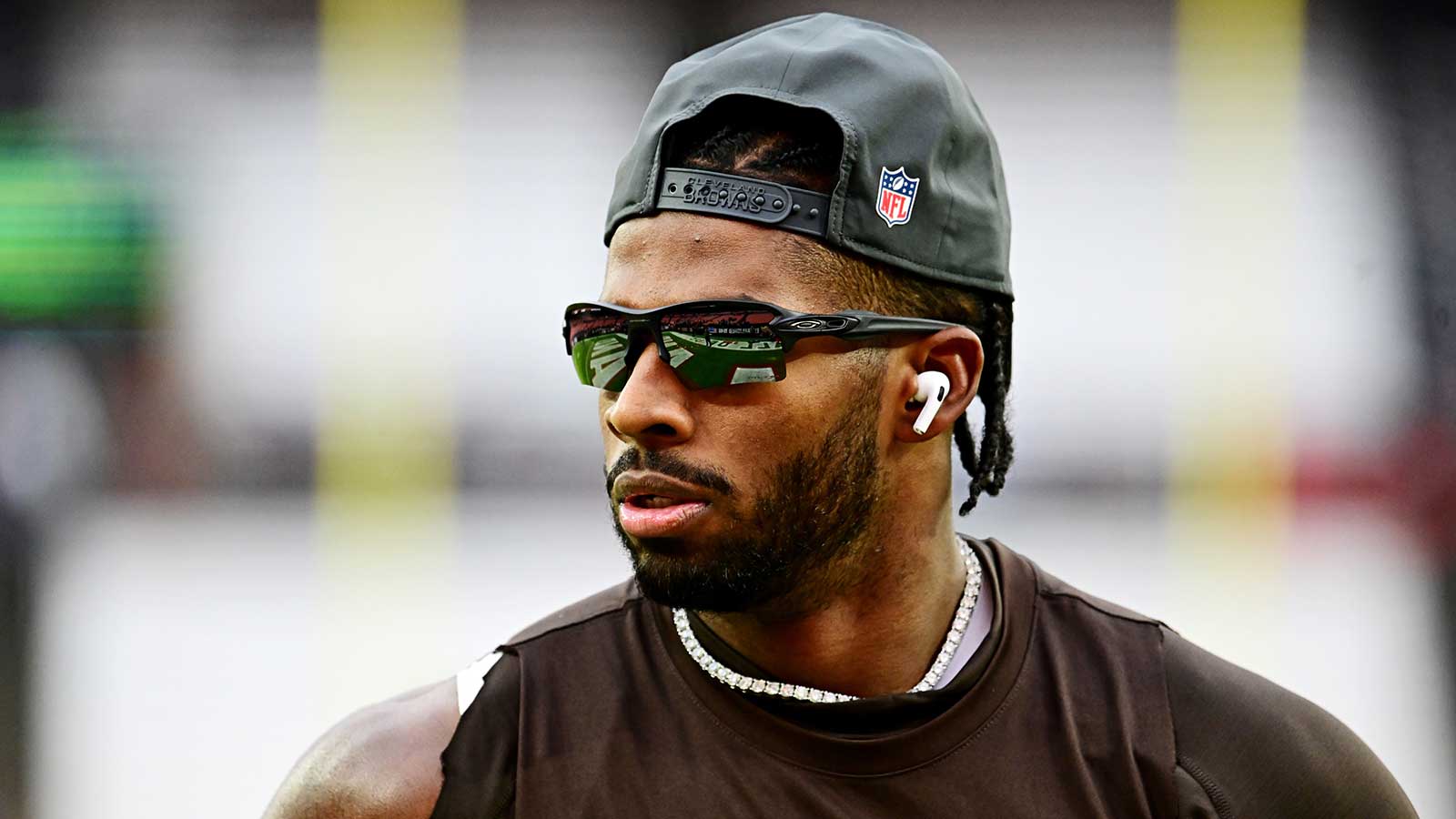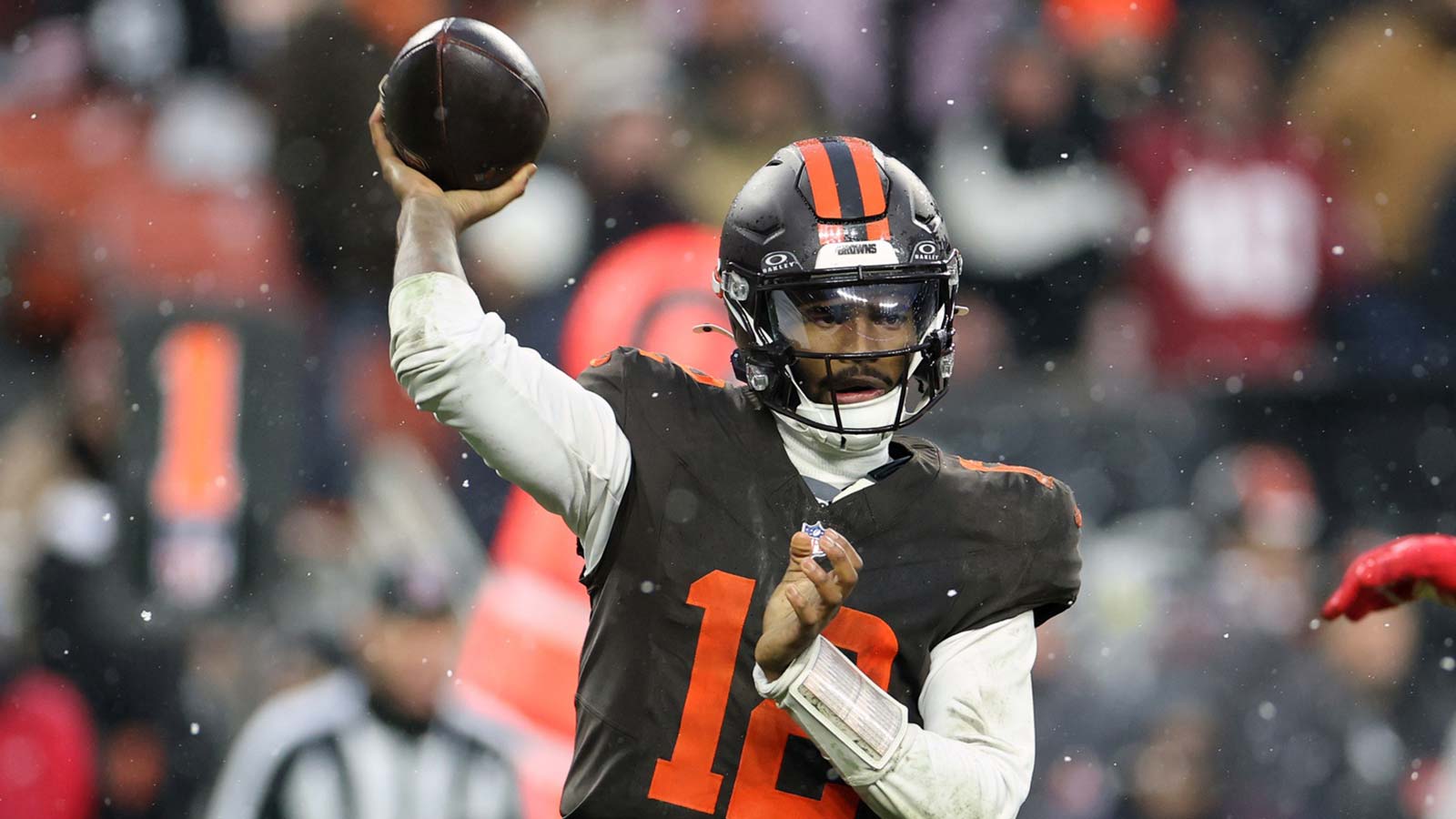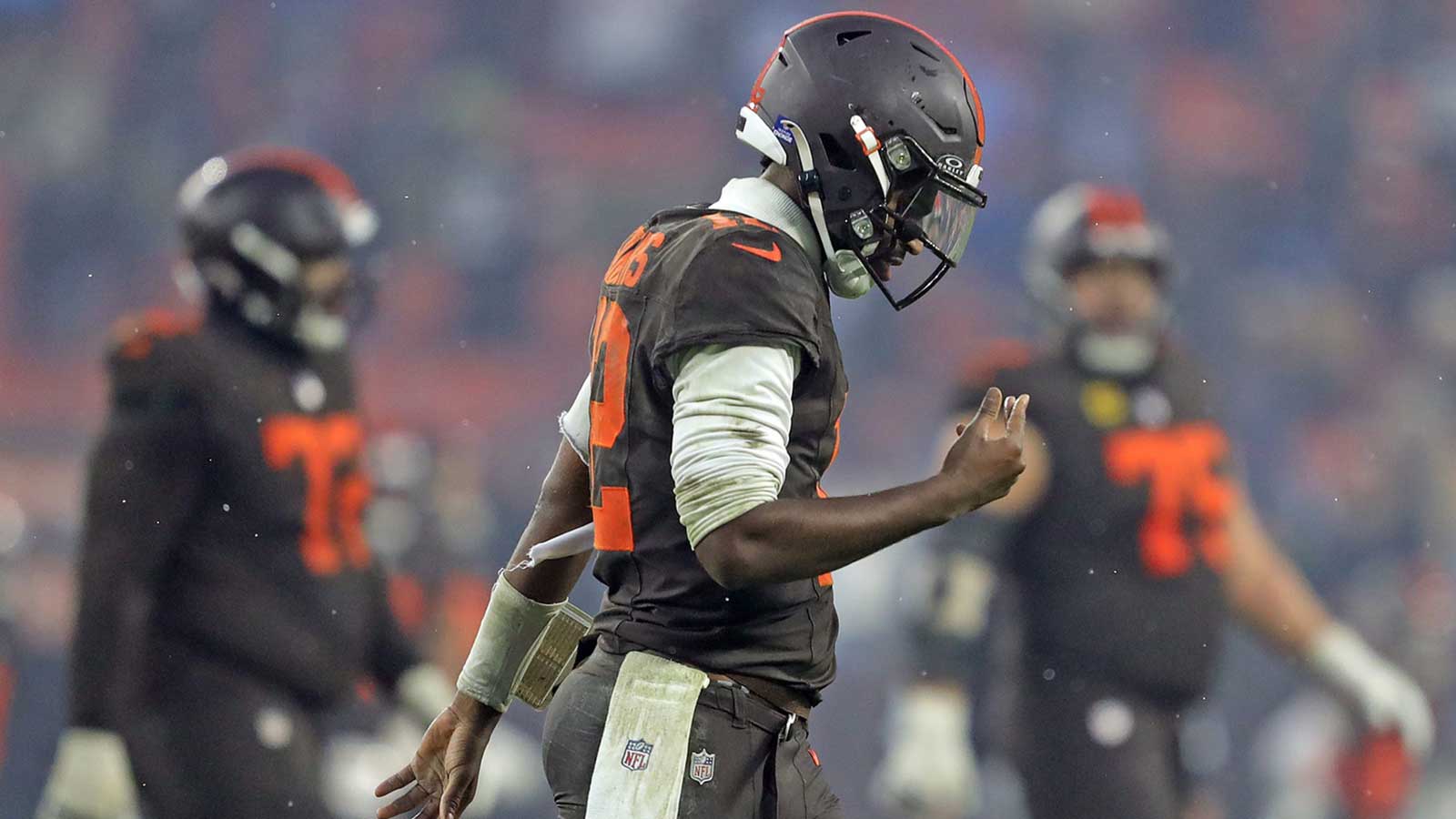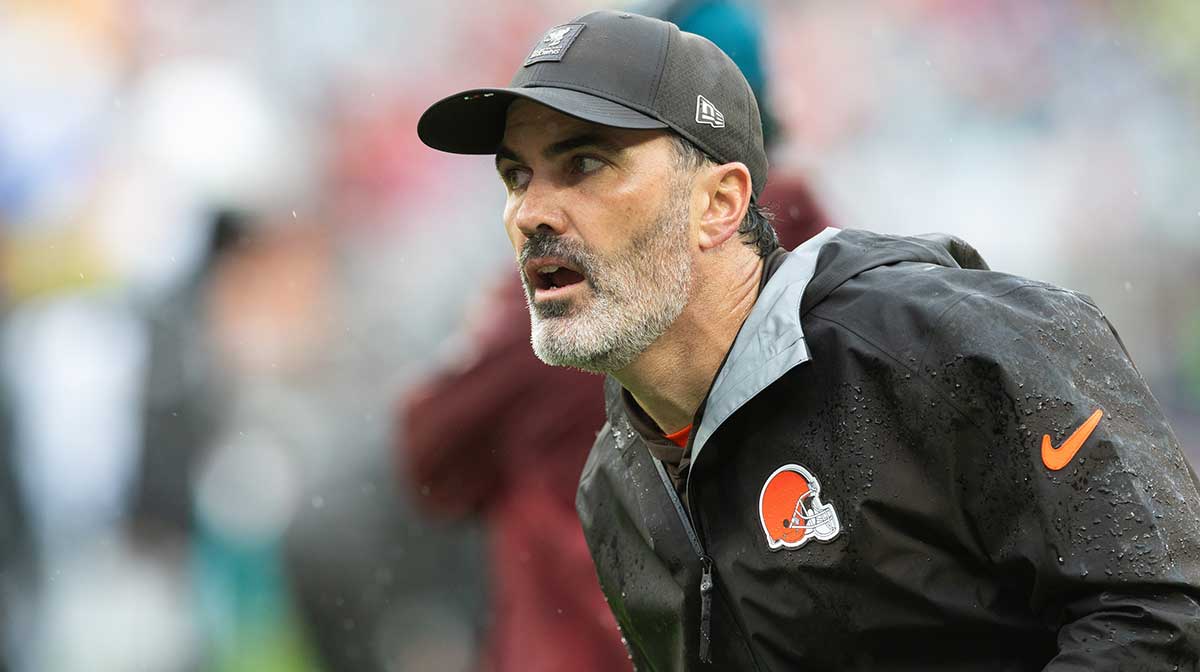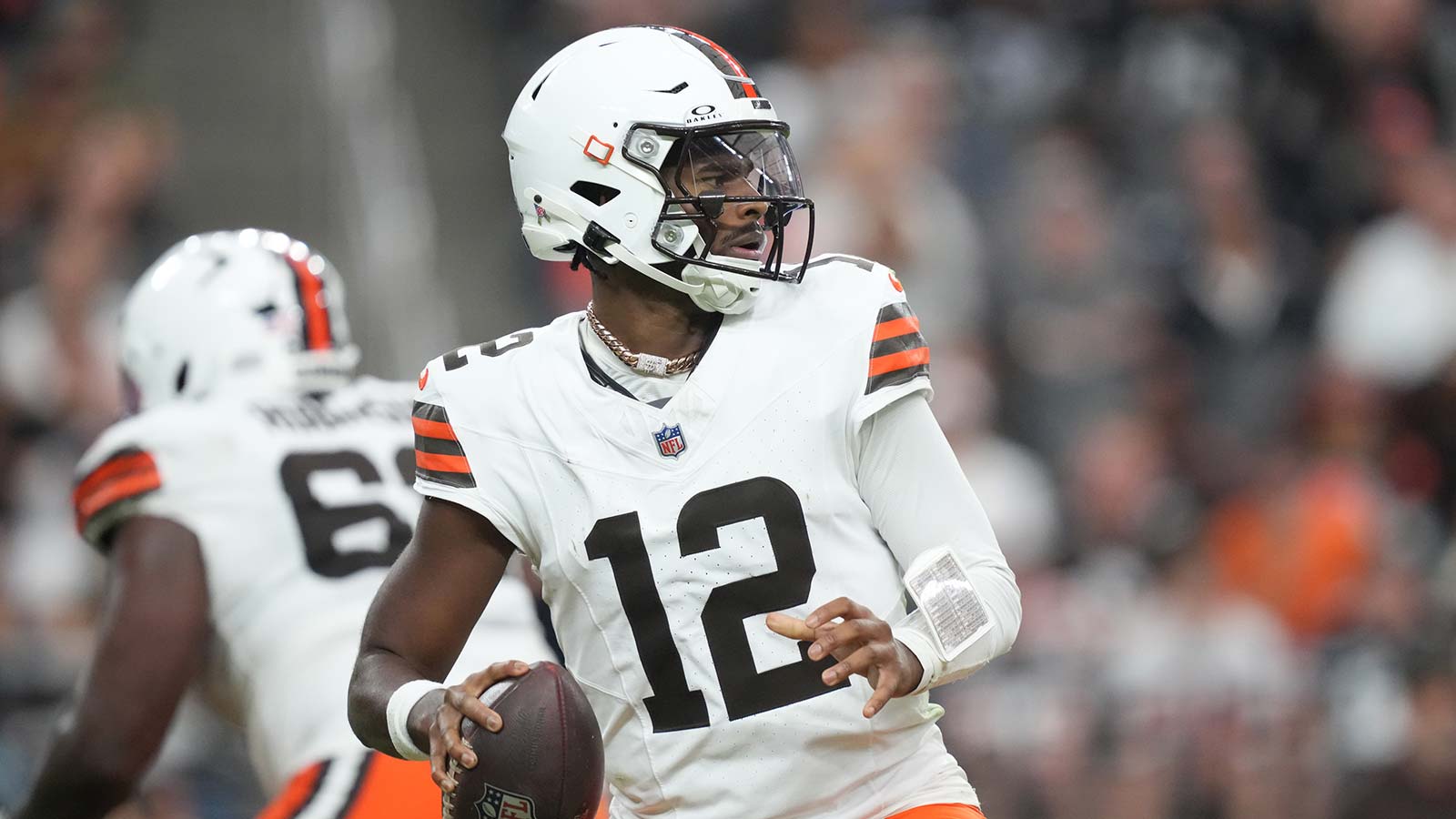The Cleveland Browns are no strangers to turbulence. Over the past few seasons, the franchise has lurched from one head-scratching headline to the next. However, heading into the 2025 NFL offseason, there was a distinct air of urgency. The highly polarizing Deshaun Watson had torn his Achilles—twice in a span of four months. For a team that had mortgaged its future on his arm, this was a reckoning. Browns fans, weary of the saga, cried out for change. The front office responded with an all-in, scattershot strategy at quarterback and some bold moves elsewhere. Yet, amidst all the wheeling and dealing, one risky decision loomed larger than the rest.
An Offseason Full of Options—but Few Answers
Browns general manager Andrew Berry approached the 2025 offseason like a man with a checklist. Step one: Find someone—anyone—who could start at quarterback. With Watson’s availability in limbo, the team offloaded Dorian Thompson-Robinson and acquired Kenny Pickett from the Eagles. They also re-signed folk hero Joe Flacco. Then, just for good measure, the Browns drafted not one, but two quarterbacks—Oklahoma’s Dillon Gabriel in Round 3 and Colorado’s Shedeur Sanders in Round 5. If quarterback depth was the issue, Cleveland now had abundance—though not necessarily clarity.

The Browns also targeted their sagging run game. With Nick Chubb no longer expected to return, Cleveland added lightning-fast rookies Quinshon Judkins and Dylan Sampson. Browns fans hope they can spark a new era in the backfield. As such, Cleveland’s draft-day maneuvering earned some praise. They traded down with Jacksonville to yield interior defensive lineman Mason Graham and a valuable 2026 first-round pick. In doing so, though, the Browns missed out on dynamic two-way phenom Travis Hunter. He's a player many scouts deemed one of the most versatile prospects in a decade.
Here we'll try to look at the riskiest move that the the Cleveland Browns executed in the 2025 NFL offseason.
The Risk That Overshadows Them All
Of course, all of those moves—some intriguing, others head-scratching—are dwarfed by the most consequential decision the Browns made, or rather, didn’t make. And that was refusing to trade Myles Garrett.
Garrett reportedly requested a trade early in the offseason. This would have been painful, but it also represented a unique opportunity. The All-Pro pass rusher remains one of the NFL’s most dominant defensive players. He obviously would have commanded a blockbuster return from any number of contenders. Given the Browns’ current trajectory and their lack of draft capital after the Watson deal, this was their golden ticket. It could have yielded multiple high-value picks, young starters, and cap flexibility.
Instead, Cleveland chose loyalty over logic. Rather than initiate a controlled rebuild with Garrett as the centerpiece trade chip, they doubled down—offering more money to keep him in brown and orange. It was a sentimental move in a league that rarely rewards sentiment.
A Gamble with Long-Term Consequences
Another major gamble was the aforementioned passing on Travis Hunter during the draft. The Browns could have drafted the electrifying cornerback/receiver hybrid at their original slot before trading down. Instead, they opted for more volume and future picks. Yes, Mason Graham might develop into a solid defensive tackle and that extra first-rounder could prove useful. That said, Hunter is the kind of transformational talent who alters the course of games—and seasons.
Pairing Hunter with emerging star Martin Emerson Jr in the secondary could’ve made for one of the most exciting cornerback duos in football. Instead, the Browns bet on depth and deferred value. If Hunter blossoms into a Pro Bowl playmaker, the decision will be endlessly scrutinized. For now, the gamble is betting on Garrett instead of Hunter. Let's see how that pans out.
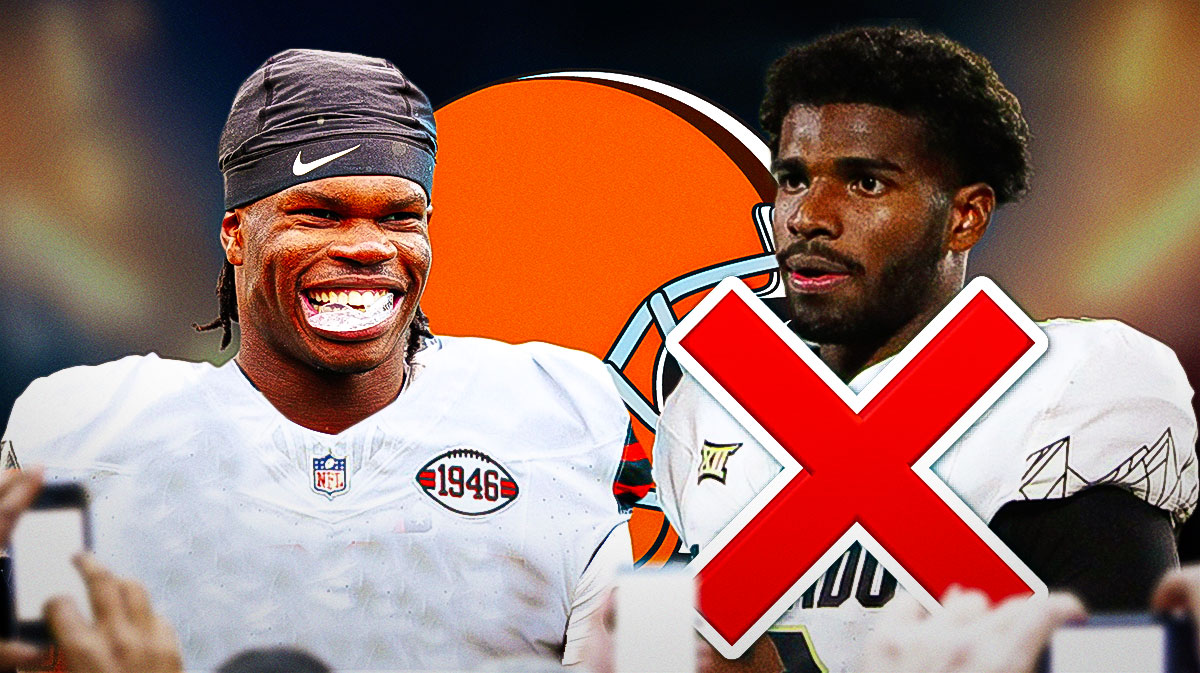
Betting on Familiar Faces While the Foundation Crumbles
At its core, the Browns’ riskiest move wasn’t just about Myles Garrett. It was about a flawed belief that this team, with a few tweaks and a little luck, could still compete. Retaining Garrett, re-signing Flacco, and drafting multiple late-round quarterbacks suggests a franchise clinging to hope rather than embracing a clear path forward. That kind of bet is rooted in nostalgia and wishful thinking. It is precisely what stalls organizations in the NFL’s purgatory: not quite rebuilding, not quite contending.
Sentiment Over Strategy
It’s easy to understand why the Browns didn’t want to part with Garrett. He’s a generational player, a team leader, and a fan favorite. However, elite players only matter if the team around them is built to win. Cleveland’s current roster is full of question marks and aging assets. The prudent move would have been to maximize Garrett’s value and start fresh with the picks and cap space he could have delivered. And then draft Travis Hunter.
Instead, the Browns chose to thread the needle. They are trying to remain competitive without fully addressing the deep structural issues created by past missteps. If the season spirals and Garrett ends up asking out again, the Browns will have not only wasted a prime trade window. They’ll have done so while the rest of the AFC gets stronger.

